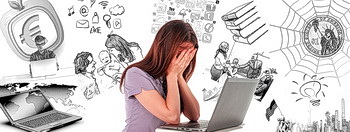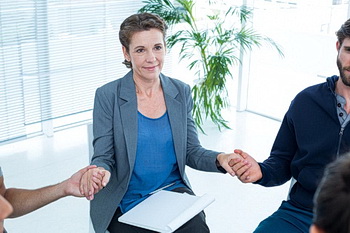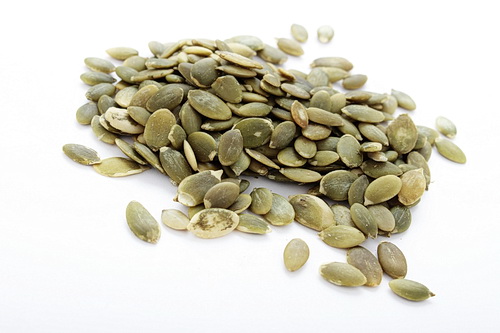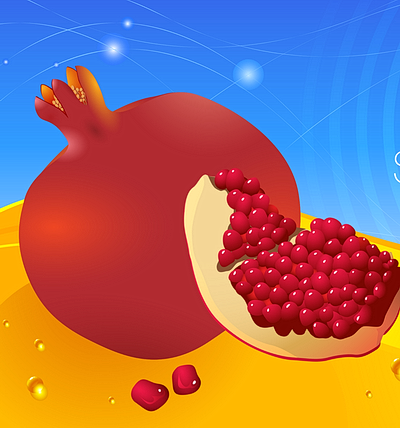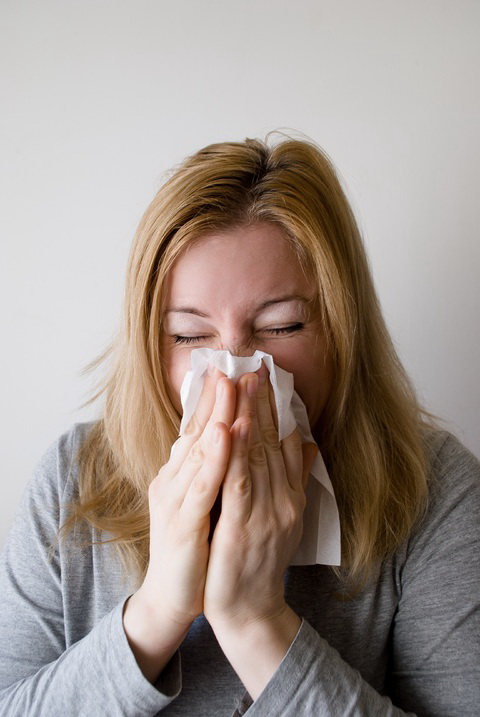
The Coronavirus pandemic is an event so extraordinary that every country in the world is battling it. It’s a global impact so unprecedented that nothing can compare to it since WWII and medically, since the Spanish Flu of 1918.
This alone is enough to give anyone anxiety as people are dying at an accelerated rate and no one knows when it will end. In these testing times, anxiety and depression are at an all-time high.
With more than 2,000,000 dead and infections exceeding 117,000,000, everyone is trying to find a way to hold on to their sanity. While the future seems uncertain and nobody knows if they will contract the virus, the only thing a person can do is play their part in stopping the spread and keeping their stress level in check.
It may seem easier said than done because COVID-19 is not like anything the world has seen before. This virus is unrelenting and infecting hundreds of people in a fraction of time. Things seem out of control and like the uncertainty when the stock market crashes, it creates anxiety.
In view of this, people must try to control their fear levels so that they are better equipped to deal with this aggressive disease. Staying mentally and emotionally stable and strong in the face of adversity softens the blow, at least to some extent.
How to Cope
Start with our article on suggestions for dealing with anxiety as well as part II Tackling Stress and Depression which are very informative. Then take a look at our specific recommendations for dealing with stress levels associated with COVID-19 below.
Limit Media Exposure
Yes, it’s real, the world is going through a global crisis that’s causing mass casualties. But continuously reading or listening about the destruction caused by this disease is not going to help anyone. You should try to limit your media exposure to save your mental health. It’s wise to stay informed, but getting obsessed with the news and consuming every piece of information can snowball your stress.
Checking your phone for updates every other minute or turning on the TV to watch the news every hour will not let you sit in peace. Your mind will remain occupied with nothing consuming you but COVID-19. You need to distract yourself by trying to get involved in some other show or activity other than the news.
Look at Reliable Sources
Limiting media exposure doesn’t mean you don’t follow the news. Everybody needs to stay informed, therefore when you do look up the daily status on the corona pandemic, trust only reliable sources. Don’t believe everything you read on the internet. Get your updates from credible sources such as the CDC (Centre for Disease Control), WHO (World Health Organization) or other dependable sources.
Don’t trust the unsubstantiated videos that are doing the rounds on social media. Don’t forward any questionable data to your followers without verifying the credibility of the source.
The constant barrage of clips, news packages, audios and articles is not letting people relax for a second. Don’t aid this flow of unreliable information and ask your friends to do the same. However, if you want to inform your loved ones about a particular update, then cite only reliable sources.
Do Your Job
The coronavirus is not yielding and our current defenses against the virus are not strong enough. The best that we can do at the moment is to play our part in stopping the spread. If you want to channel your energies productively, wash your hands frequently, maintain excellent hygiene and practice social distancing.
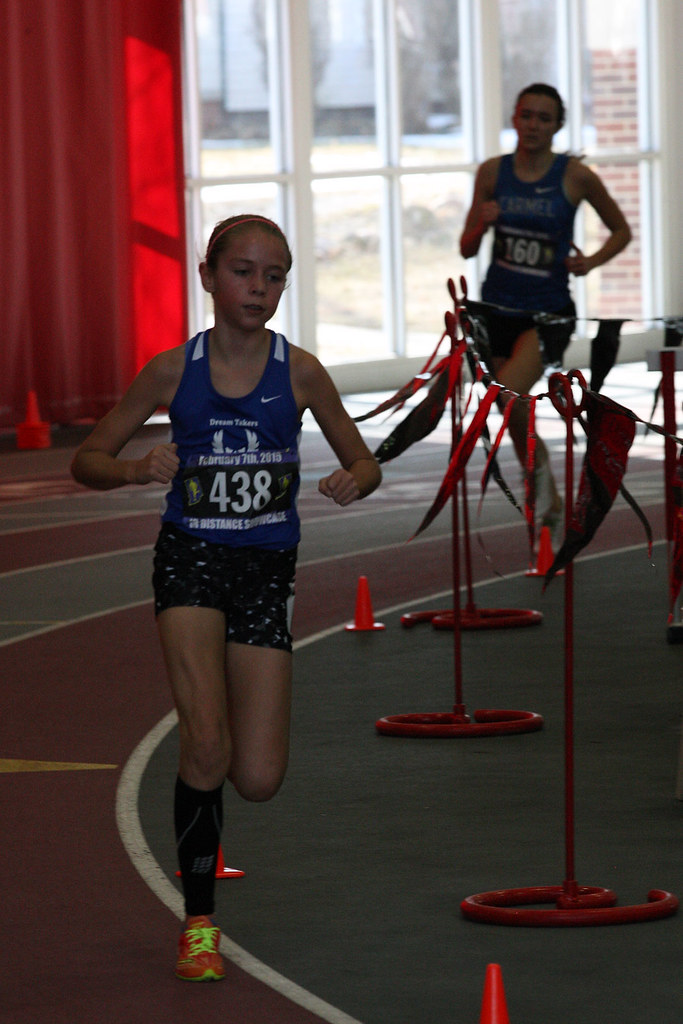
Follow the proper protocol laid out by health organizations. Stay indoors as much as possible, and wash your hands regularly. Disinfect your doorknobs and keys. If you are staying at home due to a lockdown in your city, make sure you stay home as much as possible as well.
Follow the 6′ distance rule or better, try to stay away from people altogether. As previously mentioned, it is the droplets that we need to be vigilant about more than where the virus might reside on a tangible object.

Wear a mask if you have to go out for an urgent matter, such as getting groceries. Avoid physical contact with anyone because the coronavirus is asymptomatic (experience no symptoms). You might think that you are safe because you don’t have symptoms, but you cannot be sure. To be on the safer side, avoid shaking hands and hugging and kissing other people under all circumstances.
Most importantly – STAY HOME as much as possible!
Following these procedures will not only help keep you from acquiring the virus but will also give you peace of mind and subsequently more confidence that you will be alright.
Try to Have a Routine
With many cities under lockdown, people are forced to stay home. Staying home can disrupt your normal routine and a person can become aimless. In the time of a pandemic, when there is panic everywhere, it’s crucial to have a routine to avoid getting caught up in the fear.
If you are not working currently, don’t take it as an excuse to roam around the house aimlessly or binge-watch the news. Get up early, exercise and get involved in household activities. Help your family members cook and clean. Read a book or watch a show that you enjoy. Don’t let lockdown turn you into a living room wanderer or a couch potato. Check out the section “Think Out of The Box!” in our article on Stress, Part I for more interesting ideas on how to keep yourself busy, as well as feeling rewarded that you are accomplishing things.
Practice Relaxation and DeStressing
 Meditate or download apps on your phone to help you relax. Take deep breaths as much as possible and think that everyone is in this crisis together, so you need to stay strong. Destressing is critical if you want to control your anxiety levels.
Meditate or download apps on your phone to help you relax. Take deep breaths as much as possible and think that everyone is in this crisis together, so you need to stay strong. Destressing is critical if you want to control your anxiety levels.
While the experts are trying to come up with ways to deal with this pandemic, we need to take care of ourselves, physically and mentally. Be mindful and follow protocol to deal with the psychological effects of COVID-19. You will feel better in the long run.


 According to the experts at the University of Maryland Medical Center, ginseng is an adaptogen. Adaptogens are herbal substances that help stabilize the physiological processes that take place inside the body and promote
According to the experts at the University of Maryland Medical Center, ginseng is an adaptogen. Adaptogens are herbal substances that help stabilize the physiological processes that take place inside the body and promote  Flu is a common ailment that people face during seasonal changes and with the ongoing
Flu is a common ailment that people face during seasonal changes and with the ongoing  Even though people are increasingly indulging more and more in regular workout regimens, there is still a significant number of people who live a sedentary life, which makes them susceptible to multiple health problems. Furthermore, the lack of activity in the lives of such people makes them weak and lethargic. Drinking ginseng tea can help those who lack energy in their lives.
Even though people are increasingly indulging more and more in regular workout regimens, there is still a significant number of people who live a sedentary life, which makes them susceptible to multiple health problems. Furthermore, the lack of activity in the lives of such people makes them weak and lethargic. Drinking ginseng tea can help those who lack energy in their lives.
